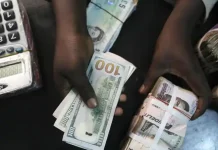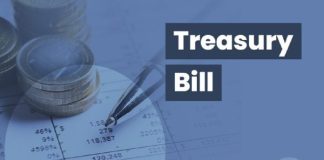The dollar hit a session high against the yen of 116.74 yen, while the euro, after hitting a one-week high immediately after the report’s release, fell to a session low of $1.0536.
October and November figures were revised to show 19,000 more jobs added than previously reported. The U.S. economy created 2.16 million jobs in 2016 with the year-on-year increase in average hourly earnings rising to 2.9 percent.
“Obviously the focus (of the market) was more on the revision from last month because if you just look at the headline number it was weaker than expected,” said Sireen Harajli, currency strategist at Mizuho. “But if you look at it overall it essentially is a flat reading, so it’s pretty much in line with data we’re seeing in the U.S. Growth continues to be moderate.”
Sterling slipped after two days of gains and ahead of a decision in the next week or two on parliament’s role in Brexit negotiations, while Mexico’s peso was boosted by a second straight day of currency intervention from its central bank.
A Reuters poll on Friday showed that the dollar is expected to keep strengthening against the euro in the months ahead with investors putting even chances on reaching parity this year.
The dollar index, which measures the greenback against six major currencies, was at up 0.4 percent at 101.92 after having set a 14-year high of 103.820 three days ago.
The dollar had slipped on Thursday following unimpressive U.S. employment data and a surge in the Chinese yuan as Beijing made moves to shake out large bets against its currency, CNBC reports.
The Australian and New Zealand dollars briefly hit three-week highs overnight after Australia posted its first trade surplus in almost three years in November.













